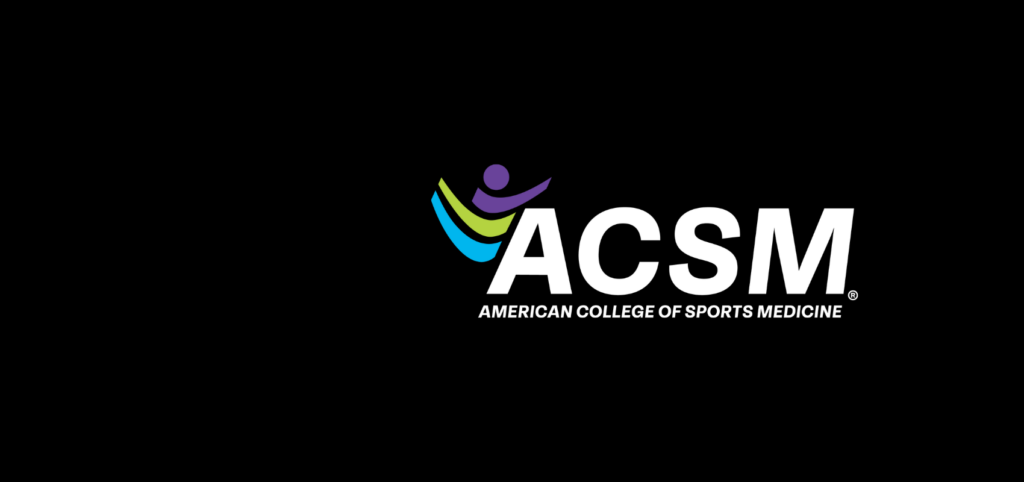Among athletes, heat is a well-known preventable cause of death and illness. But heat factors into workplace safety too. Heat stroke, heat exhaustion, heat syncope, rhabdomyolysis, heat cramps, hyponatremia, heat edema and heat rash from occupational heat exposure can occur but are preventable. Heat is a leading cause of death among all weather-related phenomena in the United States and is a serious occupational hazard for many workers.
While there are expert guidelines for preventing exertional heat illness in athletes, most U.S. workers are not formally protected from heat exposure, and to date there is no federal standard for heat stress. Only six states have full or partial standards for worker protection: California, Colorado, Minnesota, Maryland, Oregon and Washington. Importantly, the first federal heat standard, “The Heat Injury and Illness Prevention in Outdoor and Indoor Work Settings Rule” proposed in July of 2024, would statutorily cover approximately 36 million indoor and outdoor workers with estimated annual benefits of $9.2 billion from avoided deaths or illnesses. The Occupational Safety and Health Administration (OSHA) estimates that establishing workplace safety standards will decrease heat-related illness up to 96% and fatalities up to 100%.
Under the proposed rule, OSHA would adopt two heat index thresholds that would apply nationally and would factor in humidity as well as temperature. For outdoor work, employers would need to track the local heat index (temperature + humidity) forecasts or measure the heat index or the wet bulb globe temperature (WBGT). At the initial 80° F heat index trigger, OSHA would require employers to provide drinking water and break areas. Employers would also need to have a plan for workers to incrementally increase their workload, allowing their bodies to gradually adjust to the heat. At the high heat trigger index of 90° F, additional protections would kick in, including an observation system to monitor for signs of heat illness, mandatory 15-minute rest breaks every two hours, checks on people working alone every few hours, issuing a hazard alert, reminding workers of the importance of staying hydrated and requiring training on heat hazards.
These key elements of the proposed rules include prevention steps outlined for reducing heat stress risk — designation of a safety coordinator; temperature monitoring; heat safety training; hydration access; mandatory rest breaks; shaded areas and emergency response protocols for heat illness, such as monitoring for signs and symptoms; and a written plan and ongoing evaluation at each worksite — are evidence-based measures aimed at reducing worker risks. Ongoing monitoring and compliance are proposed to ensure OSHA standards are met. The new OSHA standards will require operational and infrastructure changes, as well as additional costs for scheduling adjustments, especially for workers’ breaks and high-heat period restrictions. They will also likely require increased staffing needs and costs associated with the installation of shaded areas and cooling stations and providing access to hydration. Improvements in overall health and safety, as well as worker productivity and well-being, are anticipated to offset these investments.
Such improvements may particularly benefit workers in the sports industry who wear protective clothing that can obstruct sweat evaporation and body heat dissipation, making them more vulnerable to heat stress. For example, event staff and security personnel stationed outdoors during sporting events can be exposed to heat for extended periods of time. Other workers, such as coaches, umpires, officials, athletic trainers and other health professionals, may face heat stress risks as they move around fields or courts during events, sometimes in high temperatures and direct sunlight. Some of these individuals may be older, unfit, or have underlying conditions, and those who are not properly acclimated to the environment may be particularly vulnerable.
Sports health professionals with expertise in heat illness prevention can be instrumental in partnering with occupational and public health professionals on implementation of a federal heat standard to reduce worker heat mortality and morbidity in the sports context. Collaborative messaging on extreme heat health impacts is vital as part of a shared approach of public health, occupational safety and others for heat safety messaging. Additional benefits may include greater awareness and better heat safety protocols across all outdoor sports sectors, including high school, college and amateur leagues.
Steps to Take. There are substantial positive impacts of a strong OSHA heat standard for vulnerable workers with important prioritization of health and safety. The federal rule that OSHA proposes is a significant first step in protecting indoor and outdoor workers through training, rest breaks, shade and water. Fellow health professionals can support the proposed standards to protect workers at the federal level.
Check out osha.gov/heat-exposure/rulemaking to learn more about the proposed rule.

Adrienne Wald, EdD, MBA, RN, CNE, MCHES is an Associate Professor at Mercy University. Dr. Wald has been a nurse, health administrator, and educator for over 45 years. She is a member of the American College of Sports Medicine (ACSM) and has served as an evidence analyst on the exertional heat illness position paper and is a member of the Evidence-Based Practice Committee and member of the Alliance of Nurses for Healthy Environments. Her research has been published in the American Journal of Health Promotion, Journal of Nursing Scholarship, Journal of Nurse Practitioners, and Nursing Economics.




